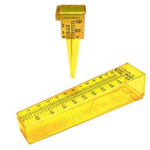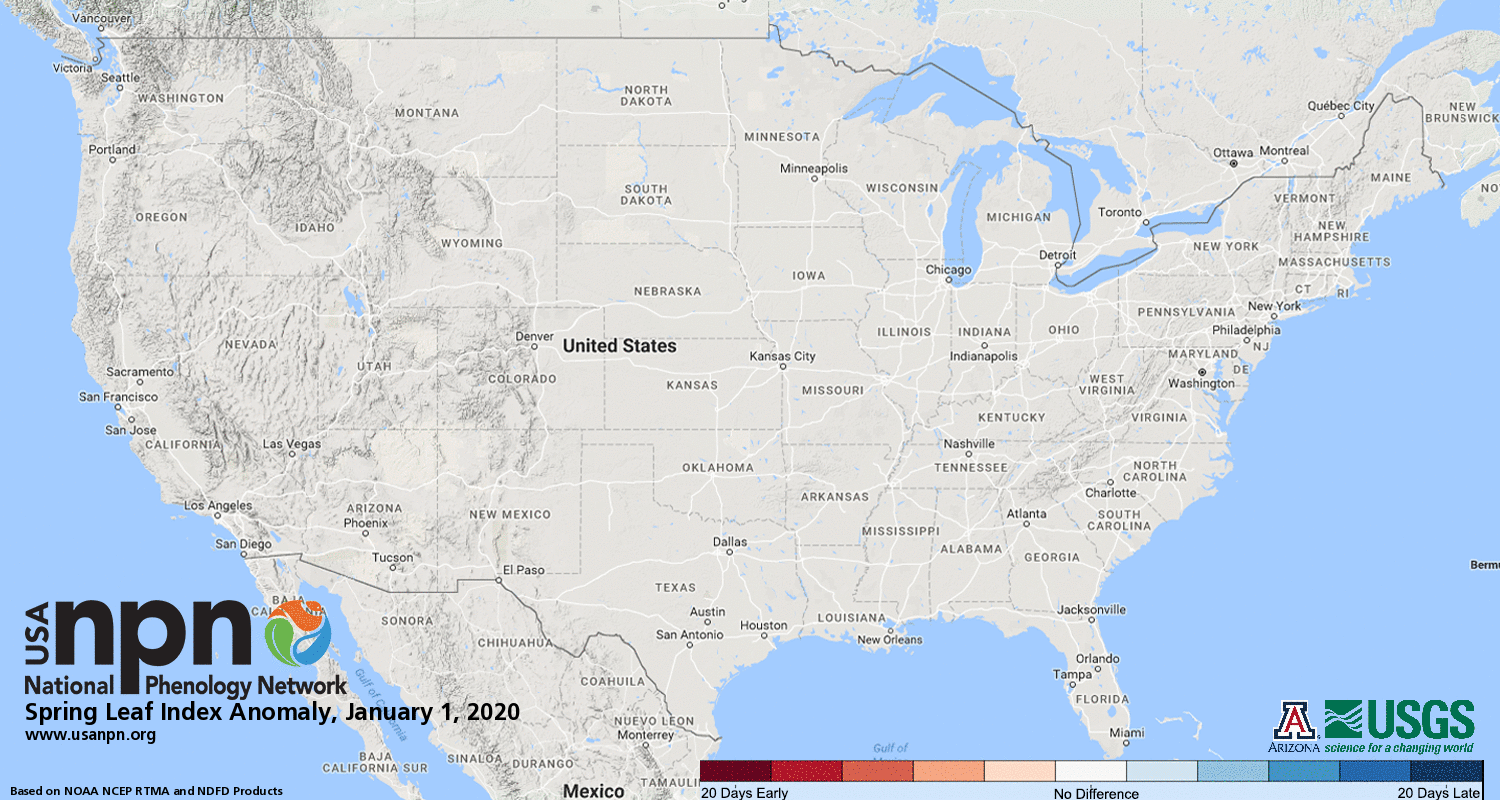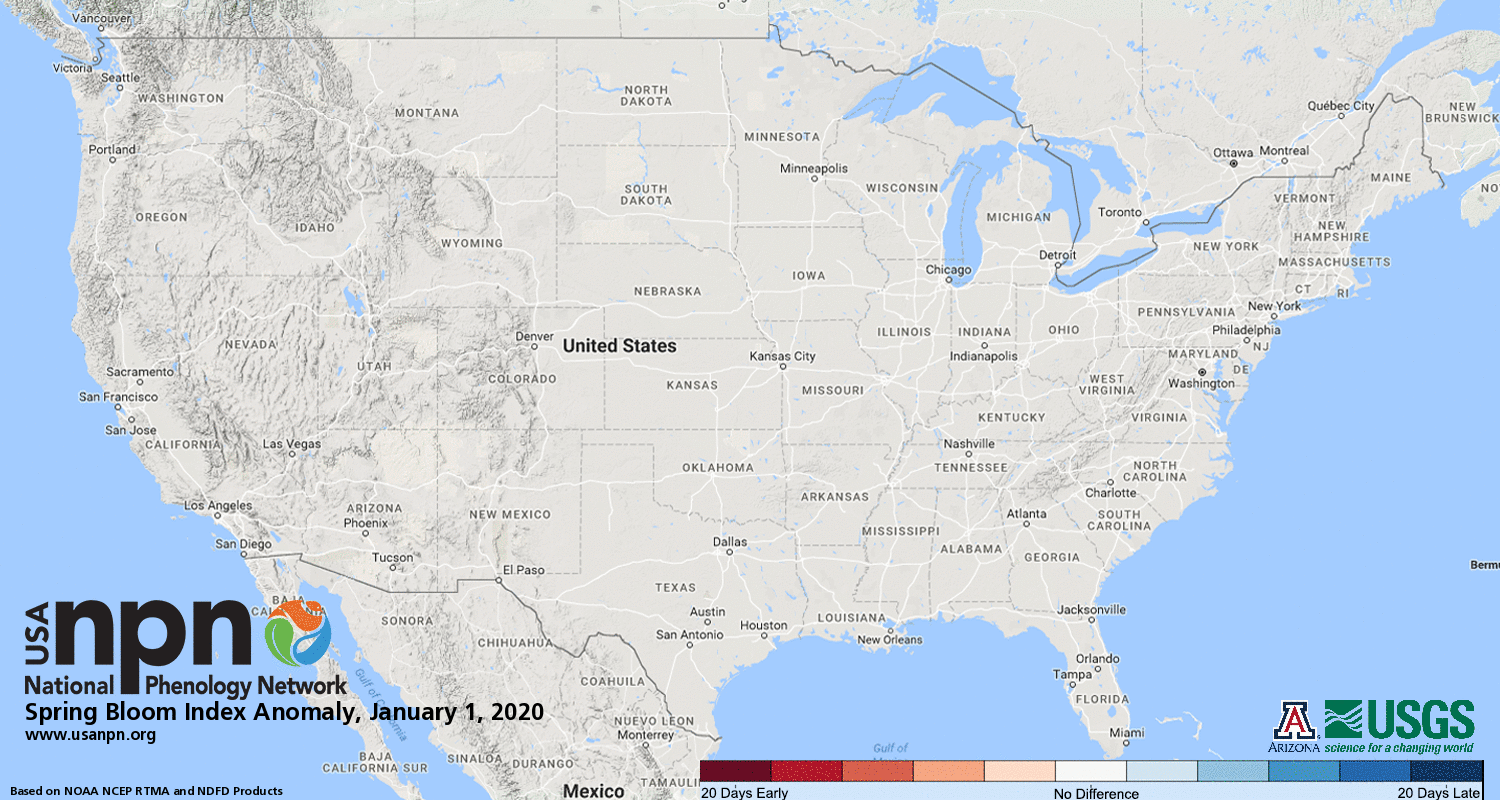
After a beautiful, cool last weekend of meteorological spring, June 1 marks the first day of meteorological, climatological, and horticultural summer, and the weather will show it this year.
The traditional kickoff to summer is Memorial Day weekend and the traditional ending to summer is Labor Day weekend. This does not match up well with the calendar, but it does match up well with climatology and nature.
Spring: March 1-May 31; Summer: June 1-August 31; Fall: September 1-November 30; Winter: December 1-February 28 (29)

You may have noticed that Arbor Doctor, meteorologists and climatologists define seasons differently from “regular” or astronomical spring, summer, fall, and winter. So, why do meteorological and astronomical seasons begin and end at different times? Read more here>>>
The weather pattern is already looking summer-like. We have had 2 named tropical storms in the Atlantic before the official June 1 start to hurricane season. Another tropical storm appears likely to form in the Gulf of Mexico later this week then turn northward, perhaps stalling near the gulf coast and causing one of those multi-day flooding events down there.
The polar jet stream, which pushed the cool air south this weekend and brought a late frost to parts of the Great Lakes and northern plains, is retreating northward. In its wake, hot air will build this week in the center of the country then build eastward. Cincinnati will move back into a summertime pattern this week with heat, humidity, and daily thunderstorm chances returning by mid-week.
Meteorological summer, which encompasses June, July, and August, is looking quite hot this year, with an active tropical season. Once again this year, the heat may last into fall.










